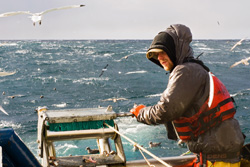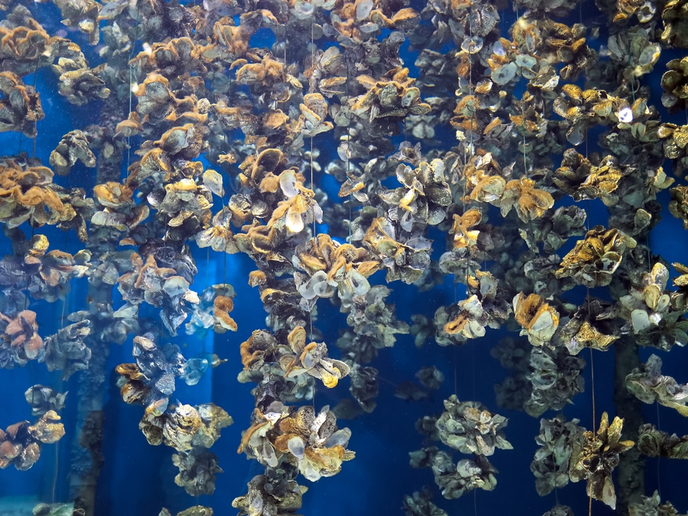The genetic implications of overfishing
Fishing is the main cause of death among fish. The pressure this activity exerts on the populations of cod, sole and other fished species has been investigated in the past, but the aspect of genetics has largely been overlooked. The 'Fisheries-induced evolution' (FINE) project, which received funding from the EU, assembled a multidisciplinary team to take on this challenge. The idea was to use phenotypic and genetic analyses to develop an eco-genetic model capable of describing how fishing changes fish physiology. The FINE methodology was tested during case studies that examined the fate of exploited fish stocks in waters off Europe and North America. Strong evidence of differences between populations in fished areas versus non-fished areas was uncovered. What is worrisome is that the model indicated that the genetic changes left the fish vulnerable and inhibited stock recovery. The key finding from FINE was that population thresholds do exist, above which the fishing effect was limited. This information was subsequently exploited to develop fishing management strategies that allow the industry to operate, but at the same time ensure healthy fish populations for generations to come. The results of the FINE study are being shared with stakeholders through a number of channels, including several publications, and are relevant to the EU’s Common Fisheries Policy (CFP).







